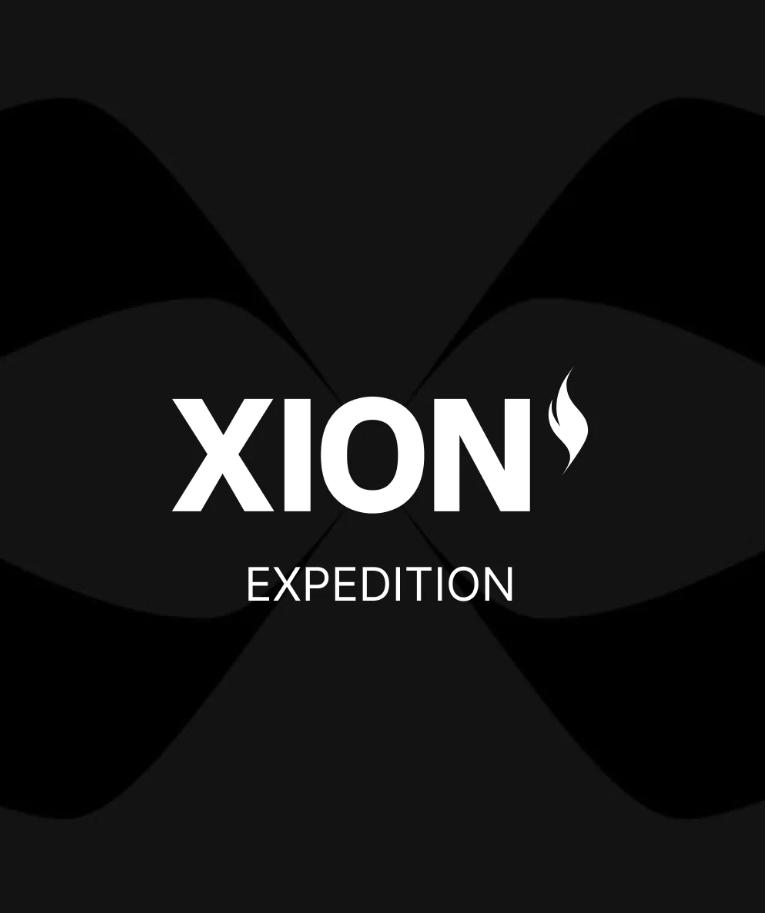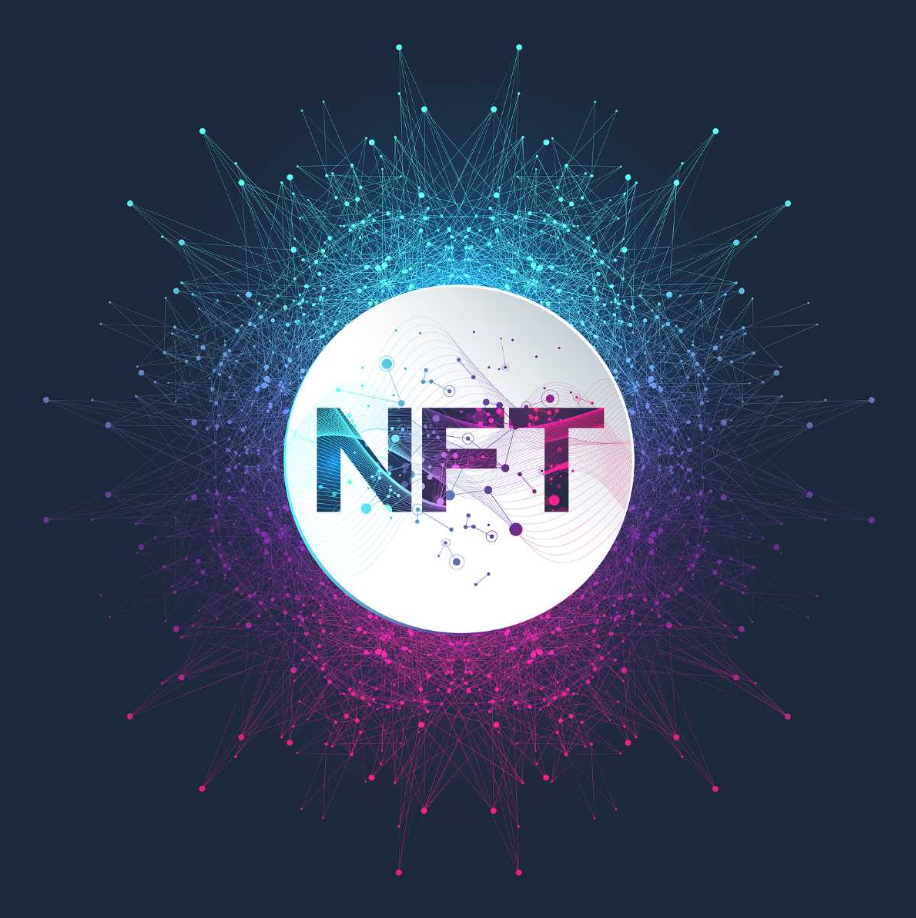Ethereum is stepping up its decentralization game with Distributed Validator Technology (DVT). This cutting-edge advancement aims to safeguard the Ethereum network's resilience by dissipating single points of failure, thereby safeguarding individual validators.
Currently, Ethereum relies on an impressive 606,947 validators to affirm transactions on the network. However, each of these validators represents a potential weak link. Moreover, validators risk hefty financial penalties, or "slashing," when they go offline for protracted periods. Hence, they have a vested interest in enhancing their resiliency. DVT enables precisely this by decentralizing the validators themselves.
Vitalik Buterin, Ethereum's co-founder, has identified distributed validators as one of the blockchain's top priorities since 2021. This technology has recently garnered growing attention from industry stalwarts such as Messari, Coin Metrics, Bankless, Wu Blockchain, and Pantera Capital.
The beauty of DVT lies in its ingenious simplicity. It allows a validator's private key, which is used to sign on-chain operations, to be split across multiple node operators. This ensures the tasks and obligations of a validator are distributed across multiple nodes instead of just one.
As Steven Quin, the Head of Research at staking service provider P2P, succinctly puts it, DVT "allows you to have multiple parties running a single validator.” Essentially, this means machines can be geographically dispersed, adding another layer of security.
Ethereum is still journeying through the first phase of its development, aptly titled "The Merge." Despite successfully transitioning to a proof-of-stake consensus mechanism, a key milestone still remains: the deployment of distributed validators. This task is underway, thanks to open-source networks Obol and SSV.
Both Obol and SSV are addressing the issue of single point failure in the validation process. Each Ethereum validator currently operates on a single node, making it vulnerable if the node operator goes offline for any reason, such as an infrastructure bug. Obol and SSV aim to eliminate this Achilles' heel from the validation process.
Stephanie Dunbar, a research analyst at Messari, captures the collective sentiment, stating, "What I’m most excited about is the idea of increasing resiliency on Ethereum and in the future, potentially on other blockchains as well."
DVT holds the promise of bolstering Ethereum's resilience, allowing it to withstand a variety of disturbances, from geopolitics and regulation to less intuitive disruptions like fires or earthquakes.
If distributed validator technology is fully embraced, validators wouldn't necessarily go offline if several node operators experience downtime due to a malicious actor or a bug in the codebase. This is because a large portion of the network would be using distributed validator technology.
Obol and SSV's pioneering efforts are paving the way for distributed validators on the Ethereum mainnet. As Walter Smith from Galaxy emphasizes, DVT "makes the heart of the crypto universe - Ethereum - more robust, more decentralized, and more credibly neutral, opening its protocols and uses to all in a more stable manner." The implementation of DVT symbolizes the last major milestone of Ethereum’s "Merge" era before moving onto "The Surge".







